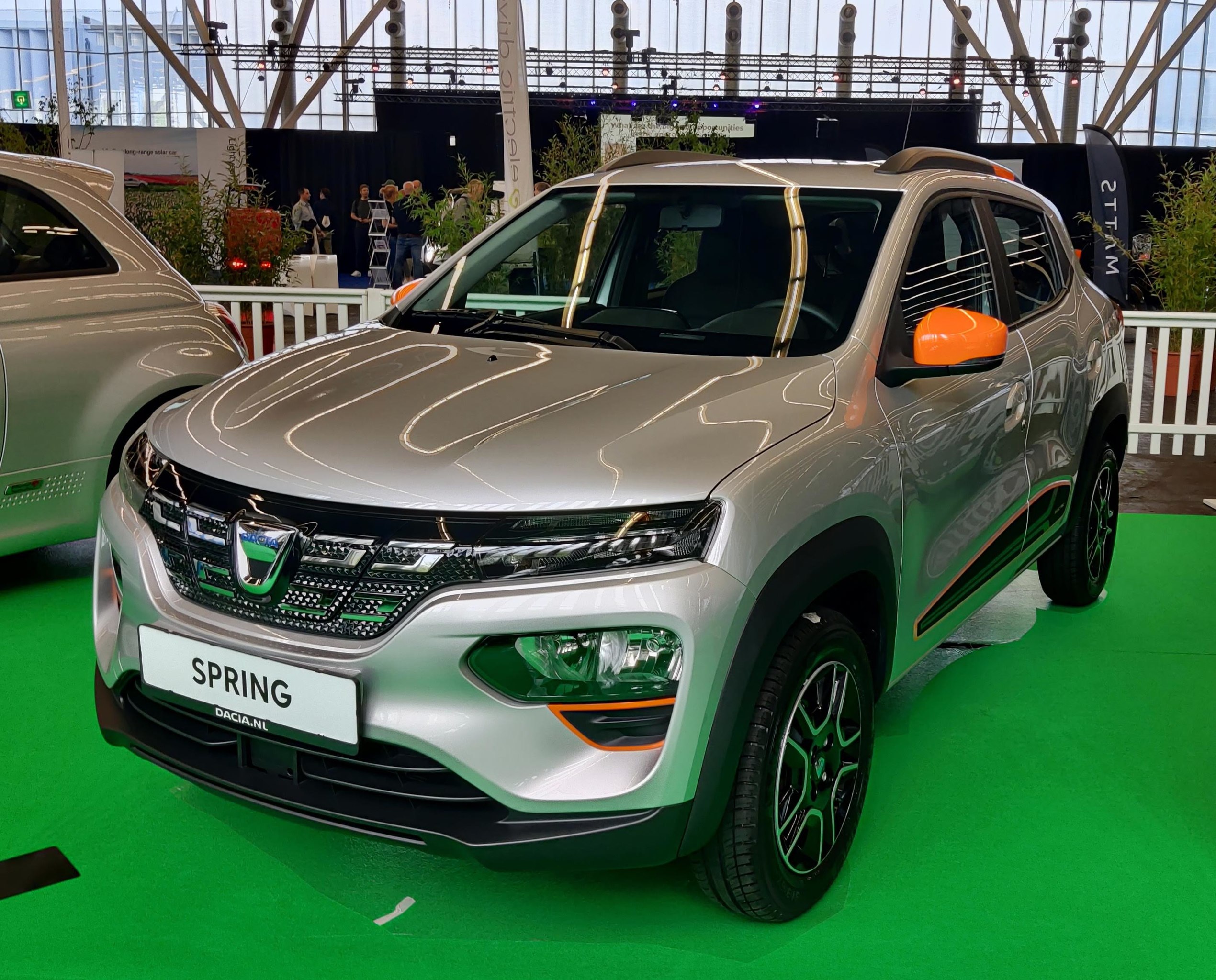Robotics technology is on a consistent rise thanks to advancements in allied fields in the sciences. Month after month we get new designs and innovations, much like the robot with rolling fingers, that we may one day find in areas like the industrial sector.
One particular field of robotics that’s seeing much development is the field of soft robotics, which are basically robots made with what are called compliant materials instead of rigid pieces. These robots are designed to be flexible and relatively free-form, which enables their use in situations that demand nonrigid forms, like in medical operations and disaster rescue. (In fact, one of our earlier robotics pieces was about a soft robot that was casted and formed similar to how you would cast bubbles.)
And to no surprise, this too is another step in the forward direction for soft robotics; scientists from the University of California Riverside (UC Riverside) created their own soft robot prototype called the Neusbot—and you may just find it cleaning up a nearby oil spill in the future. Their results were published in the journal Science Robotics.
The Neusbot is named as such due to the robot taking design inspiration from a water strider, an insect that scuttles across the surface of water by “pulsing” its legs. (Water striders are among organisms that survive on the surface of bodies of water; these organisms are called neuston.)
The water strider-like robot is actually composed of a layer of iron oxide and copper nanorod-infused hydrogel sandwiched between two different layers of polymers. These differences in material are crucial to the robot’s method of locomotion.
The hydrogel in the middle of the polymer sandwich absorbs some of the water it comes into contact with. This water, in turn, gets heated by the iron oxide and copper nanorods that convert incoming light energy into thermal energy. From there, the tiny pockets of steam locked within the hydrogel expand, which exerts both mechanical and thermal energy on the polymer layers both above and below it.
Now, the two layers of polymers used were selected for their differing coefficients of thermal expansion; in short, at the same elevated temperature, one layer of polymer stretches and expands more than the other. In this case, the bottom layer expands more than the top layer, causing the Neusbot to bend upwards after exposure to heat. After some time, the bubbles within the hydrogel pop, restoring the Neusbot’s bend back in shape and causing the robot to “pulse” in the water, much like water striders.
Laboratory results show that the very tiny Neusbot prototype clocks out at a top speed of 1.3 mm/s (0.05 in/s); and, as it turns out, they can also be steered by changing the angle of the laser that powers them in experiments.
“Our motivation was to make soft robots sustainable and able to adapt on their own to changes in the environment. If sunlight is used for power, this machine is sustainable, and won’t require additional energy sources,” said co-author and UC Riverside chemist Zhiwei Li. “The film is also re-usable. […] There aren’t many methods to achieve this controllable movement using light. We solved the problem with a tri-layer film that behaves like a steam engine.”
The team hopes that larger versions of Neusbot can one day assist in ocean clean-up—especially in situations where physical contact can be hazardous to human health, like in oil spills.
Said Li: “Normally, people send ships to the scene of an oil spill to clean by hand. Neusbot could do this work like a robot vacuum, but on the water’s surface. “We want to demonstrate these robots can do many things that previous versions have not achieved.”
References
- Bernstein, J. (2021, December 2). Light-powered soft robots could suck up oil spills. News. https://news.ucr.edu/articles/2021/12/02/light-powered-soft-robots-could-suck-oil-spills
- Coxworth, B. (2021, December 6). Water-strider-inspired robot may one day clean up oil spills. New Atlas. https://newatlas.com/environment/neusbot-light-powered-steam-robot-oil-spills/
- Li, Z., Myung, N. V., & Yin, Y. (n.d.). Light-powered soft steam engines for self-adaptive oscillation and biomimetic swimming. Science Robotics, 6(61), eabi4523. https://doi.org/10.1126/scirobotics.abi4523











